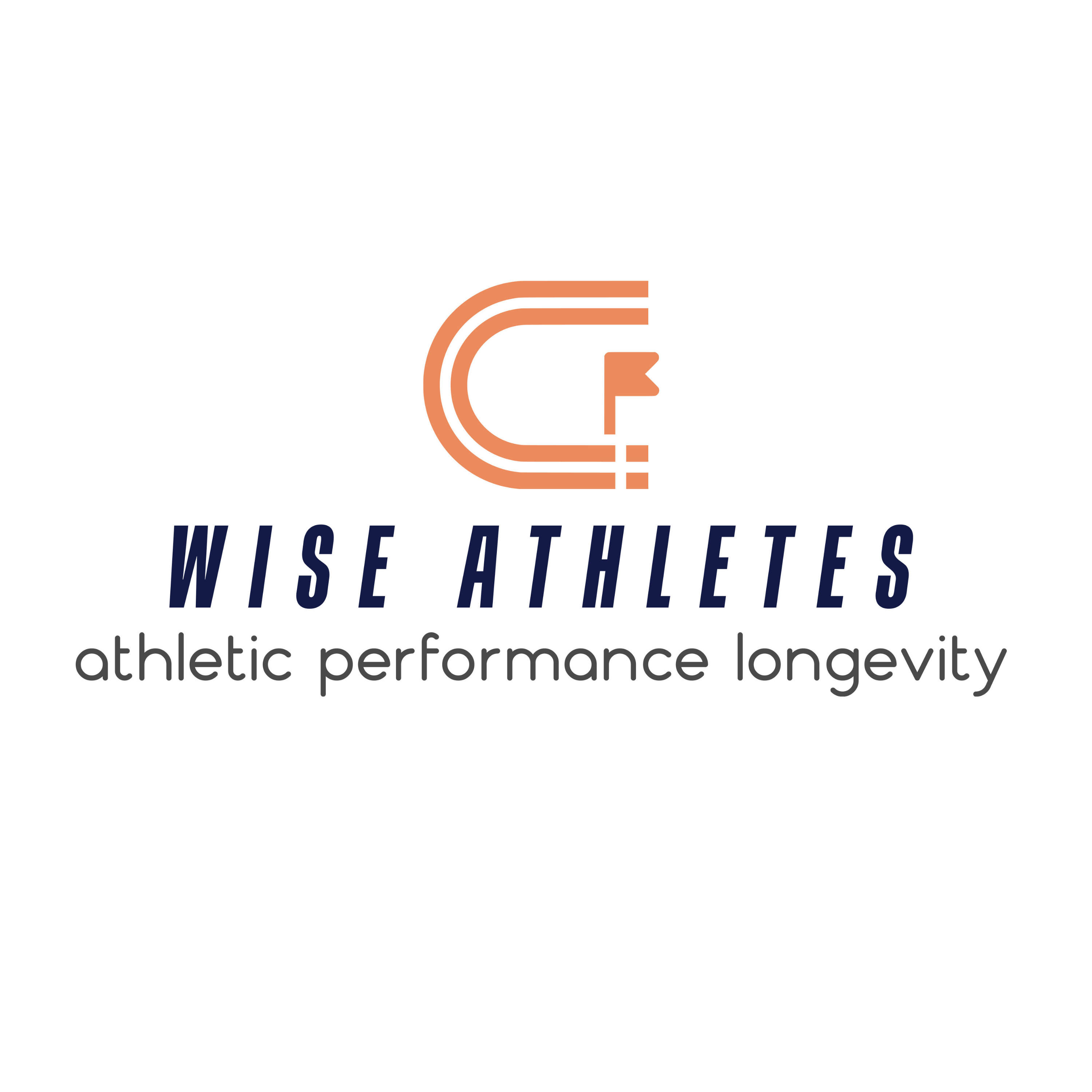I asked Dr. Stephen Seiler to join me on Wise Athletes to discuss Athletic Performance Longevity. We discuss his research and speculate about how older athletes can keep the machinery healthy for performance today while also doing the right things for athletic longevity, which is way more than just healthspan. You and I, we all want to be strong, healthy, and athletic as long as we live.
And here are some details to get it right:
Dr. Seiler published a YouTube presentation called “Does Our Endurance Machinery Slow Down At Different Rates as we Get Old?” Dr. Seiler’s presentation concluded that athletic performance does drop due to 3 primary factors:
My Notes from Dr. Seiler’s presentation:
(1) Maximum Heart Rate Falls As We Get Older. The drop is steady after age 30 but accelerates after 55. The good news is: (1) at VT1 (the maximum endurance pace, older guys can achieve higher % of VO2Max at the same lactate as younger guys. And, at VT2 (FTP), while older guys have less range in BPM above VT1, old guys can still use a higher % of VO2Max (less advantage than at VT1), perhaps due to larger proportion of slow twitch muscle fibers.
More good news, looking at multiple biometric factors for older athletes vs. younger athletes with the same performance, older athletes seem to have better cardio adaptation from more years of training. So, while central capacity (heart ability to pump blood) is declining, the peripheral capacity (muscle ability to do work) holds steady if training is maintained.
(2) We Lose Muscle Mass, and Type II Fibers Disappear More Rapidly. Mitochondria are highly responsive to activity, so if we remain active and provide a stimulus they remain number ours and healthy. Masters athletes have better muscle adaptations than younger athletes which tend to offset the lower vo2max. Could also be related to lower type 2 which are larger and have less blood flow? Can fight this off with weight training. Which can also help us to avoid becoming chair shaped as we adapt to sitting in chairs (or on bike).
Drop in muscle mass accelerates after 50. Strength remains proportional to the muscle size which seems inconsistent with the preferential loss of fast twitch fibers.
(3) loss of loss elasticity in connective tissue. Injury risk? Pain from lack of mobility. Need to do mobility work.
Sustainable power =
Take homes
–> Maximal endurance capacity falls faster than submaximal capacity

WiseAthlete Supplements Hey Everyone, welcome to WiseAthletes, your source for discovering how to flourish as an older athlete, and find your path to longevity...

Today we are talking with Mitchell Lee, PhD about the biology of aging and how pharmaceutical and natural product interventions can help older athletes...

Professional Supplements for Wise Athletes (click to see the "always on" discount) Hemal H. Patel, PhD Professor & Vice-Chair for Development and Advancement Director,...